|
One of my favorite body parts to treat is the shoulder. Maybe because I relate to patients who have shoulder pain because of my own history, but maybe because it's like a puzzle with a ton of moving parts. The rockstar of the shoulder, of course, is the rotator cuff. But let's take a moment and talk about the often-times forgotten unsung hero - the Serratus Anterior. With 17 muscles attaching to the scapula (shoulder blade), it's really easy to get lost in the complexity of it. Everything has to work "just-so". When we look at how the shoulder moves as we raise our arms either out in front or to the side, our shoulder blades move as well. This scapular motion allows us to reach above our heads without pinching or putting more compression on the rotator cuff tendon. Source: Complete Anatomy So without further ado.... let's introduce the star of the show - the Serratus Anterior. This amazing, broad muscle attaches on the underside of the shoulder blade (sandwiched between the ribs and the scapula) and inserts into the first 8 (of 12) ribs. It gets its name from the Latin root "serrare" - meaning "to saw" based on its jagged appearanace on the ribcage. When it contracts, it works to rotate the shoulder blade upwards and wrap around your torso as seen in the video above. If the shoulder blade didn't go through this rotation, it would actually contribute to pinching or impingement of the rotator cuff tendons in the subacromial space. The second function of the Serratus Anterior is that it keeps the shoulder blade close to the trunk. Without it, it would peel away, causing the shoulder blade to stick out or become more visibly prominent. Because your shoulder blade is not anchored by any ligaments except at the humerus and clavicle, it relies on the synchronization and stabilization through muscle co-contractions. People who have significant weakness in their serratus anterior will often exhibit more prominent, pronounced borders of their shoulder blades through movements of their shoulder girdle as seen in the video below. (hint: focus on the right side) While there are many exercises that are useful to help strengthen this all-important muscle, here is a quick and simple one that I like to give violinists/violists to help build the endurance of their shoulders to help them be able to hold their instruments up for longer periods of time. Remember - it is highly uncommon for a single muscle to work by itself without having other supporting players involved. The shoulder is no exception. Make sure that you take time to put in the effort to create good balance throughout your body, but particularly in the shoulder. Having a good, solid foundation at the shoulder blade will help you be able to move more freely and improve the overall dexterity in your wrist and fingers.
That's it for this week! Til next time.... Stay happy and healthy! Every time someone talks about 'core strengthening', your mind probably goes straight to "Abs! Abs! Abs!" and "Planks for days!" What if I told you that there is another often-neglected core in your body that is equally as important? Welcome to the fourth installment of our Posture Series. Allow me to introduce the Deep Neck Flexors (DNF) - Longus Colli and Longus Capitis.
Both of these muscles sit right up against your cervical spine and they work together to flex the spine to a small degree. When working together in a balanced manner in conjunction with the ALL of the muscles around your neck, including our friends the upper trapezius and suboccipitals which we discussed in previous posts, they help stabilize the head and neck through micro adjustments as you move. Neck pain and its effects on muscle activation of these muscles have been widely studied over the last few decades. Studies have found that up to 70% of patients with chronic neck pain actually have decreased muscle activation of the deep neck flexors and sternocleidomastoid (Source). In the same study, subjects with chronic neck pain who underwent a deep neck flexor strengthening program showed significant decreases in overall reported neck pain If you've read my last few blog entries, you are likely now familiar with our poor-postured friend. With poor posture, the DNF complex (the upper/front portion of the cross) gets stretched/elongated which, in turn, results in the muscles becoming inherently weaker and less able to perform the job it was tasked with. This is also significant for people who have experienced whiplash injuries such as being involved in a car crash. In the beginning of the whiplash motion, the head is flung backwards during the hyperextension phase (in the picture below), which strains the anterior neck muscles such as the DNF and sternocleidomastoid muscles (to be discussed in a future post). However on the rebound the head is flung forward, putting increased strain on the upper trapezius/levator scapulae muscles. Depending on the severity and velocity of impact, ligaments supporting the cervical spine may also become sprained. So you have a scenario of what came first? The chicken or the egg? Did neck pain develop which caused the DNF and supporting muscles to become weaker? Or did the DNF get weak because of poor posture, which resulted in neck pain?
This muscle is particularly important for musicians who are violinists or wind players. With the majority of mankind typically sitting in some kind of slouched posture you can end up relying on those stronger/tighter muscles that we previously discussed (upper trapezius much?) to support the instrument or bring our heads to the instrument to play. Instead, I challenge you to add in a bit of DNF strengthening into your warmup routine. Next week will be our final installment of the Posture series, where we spend a little more time with our poor postured friend and link some of these muscles together. While they are not the ONLY ones affected by posture, it's important to start to think about how they all affect each other and give you a better understanding of how they work. Until next time, Stay happy and healthy! [Muscle Monday] Nagging Shoulder Blade Pain Got You Down? - Consider the Rhomboid Major and Minor5/24/2020 Have you ever wondered why you may be getting pain between your shoulder blade and spine? For the second installment of our posture series, we will be discussing the Rhomboid Major and Minor. While they are two muscles, they almost always work together. Over the next few posts, we will be exploring some of the major muscles related to posture and how they work together. If you'd like to read our previous posts about posture, click here. Let's get things started. Allow me to present to you the Rhomboid Major and Minor: This dynamic duo attaches to from the spinous process of the last cervical segment (C7) and upper thoracic spine (T1-5) to the medial border of the shoulder blade. It sits one layer underneath the trapezius muscle, which we discussed in a previous post. The rhomboid minor is located superior/above the larger, broader rhomboid major muscle. Both work together to pull the shoulder blade towards the spine, otherwise known as "scapular retraction." Image source: Complete Anatomy This muscle is essential to the stability of the whole shoulder complex as it works to keep the shoulder blade supported during arm movements in all directions. The rhomboids can be a common source of pain in the area between the spine and your shoulder blade. Often times people will report pain, dull, aching or occasionally sharp pain to that region. This pain is very common in people who do a lot of prolonged work at a computer (particularly in the mousing hand), as well as musicians who have to hold their instruments in one position for long durations (flutists, violinists) One thing that should be acknowledged is that people can feel pain in other areas aside from the actual tissue source. The picture below demonstrates some common referral patterns where people may experience symptoms when there is a trigger point on the rhomboid ('X' marks the spot). It is imperative that I warn you that 'trigger points' are not the only source of pain that can refer in this location or pattern. For example, there are joint-related pain that can also refer pain to similar areas. One of the most common ways that cues clinicians like me to suspect muscle-related/trigger point pain (other than palpating the muscle) is if patients often describe the pain as coming on after a prolonged period of time and they have to fidget around or change positions frequently to find a more comfortable posture. If you are unsure, be sure to seek out help from your friendly Physical Therapist (including us) to help you navigate this issue and help steer you back onto the right path. We will discuss trigger points and what they actually are in an upcoming post. When looking at overall posture, these muscles are significant because when in a slouched posture, these muscles are commonly in a stretched position. This makes it more difficult for them to generate the amount of force needed to help hold the scapula in place. Remember this image? The harder these muscles have to work, the less time it takes for them to start to fatigue, which can be interpreted by your brain as that dull, aching sensation that you may feel.
The best way to avoid this fatigue is to make sure that you have enough flexibility in the opposing muscles, such as the pectorals and the upper trapezius, and enough strength in the supporting muscles. Check out our post on Instagram for some ideas of some simple exercises you can do to get things moving in the right direction. Can't wait to share more about posture next week Until next time, stay happy and healthy! If you've been finding yourself sitting on the couch or at the computer for hours on end, this post is for you. So remember last post when I spoke about muscles seldom work in insolation? The same goes true for this week's featured muscle, but we'll just bring it back in and focus on our friend: The Transverse Abdominis I grew up playing tennis and practicing Tae Kwon Do. Later on in college, I rowed (much to my piano teacher's dismay --- my hands were ALWAYS blistered and torn up). What is the one thing during the workouts that ALL of my coaches (but none of my music professors) talked about? "You must strengthen the core"
The Transverse Abdominis (TrA) is one component of the system of muscles that make up your core (stay tuned for further discussions regarding the core) The muscle is extremely broad - stretching across your torso. It attaches on the lower 6 ribs from the top, into the pubic bone on your pelvis. Medially, it attaches right down the middle of your abdomen via a facial junction and wraps around the sides and attaches into the fascia connecting to your abdominal obliques (internus). Image Credit: Kenhub.com If you take a look at any of the other muscle pictures that I have posted, or even ones you can find online, understand that muscles will pull parallel to the orientations of its fibers. So in this particular case, they draw your stomach inwards like this: It's not so much of a "sucking in your belly" type of motion, which is a common misconception. This is a 3D motion that occurs around your torso. Simplest way - if you've ever worn or seen a corset like they used to wear way back when, it's that kind of cinching together motion that this muscle performs. Now, why is this significant? As the TrA contracts, it works in conjunction with other muscles in the back, pelvic floor in order to increase the pressure inside the abdominal cavity. That pressure will then push up against the lumbar spine to add even more stability. Whether you're walking, standing up from a chair, or raising your arm to retrieve an object, this core stability is essential in all aspects of human movement. In fact, it is so essential, that even as you reach out your arm to pick something up, your body anticipates the task and activates this system before it even happens. This means that your body should automatically engage all of the muscles before you even consciously realize that you're going to do it.
But wait.... There's more..... Many studies including this one and this O.G. study found that in subjects with low back pain, there was a delay in core muscle recruitment. We're not talking seconds or minutes, but even a millisecond delay can result in decreased core stability with performing a task (like a conductor starting his downbeat when no one is prepared) which ultimately can exacerbate the problem further, due to the lack of initial stabilization. This is a type of muscle that needs endurance training more-so than brute strength. So as you're going about your daily routine or workouts, see if you can feel your core kick on. Planks are a great place to start, but so are most fully body exercises because remember - you are never working out alone. Until next time, stay happy and healthy! So I'm going to cheat a bit and talk about 4 muscles instead of 1. Please forgive me (or not... your choice). Today, we are talking about a group of muscles that play an integral part of our shoulders and upper extremity strength. You might hear it as the "rotary cuff" or "rotator cup" (or a combination of the two) - the correct term is: Rotator Cuff. It consists of four muscles: Image source: KenHub.com If we take a look at the shoulder joint in its simplest form - it is a ball and socket joint, much like your hip. The only difference is that the 'cup' portion - which is located on the scapula (the triangular bone) - is very shallow and does not provide much stability in and of itself. 3 muscles (supraspinatus, infraspinatus, teres minor) all work together to externally rotate the shoulder, while the subscapularis (on the front side of the scapula) works to internally rotate the shoulder blade. The four muscles also work together through the coordination of other muscles, not listed, to raise/abduct the arm to the side. One of the primary purposes of the rotator cuff is to work together so that when it contracts, it can pull the humerus into the socket to provide stability as your arm is moving. You rely heavily on these muscles to help support your shoulder joint in its sweet spot through movement, but also if you are holding an object for a long period of time (violin, anyone?) Check out how the shoulder moves below, with the supraspinatus muscle highlighted: It is worth saying that it is relatively common for people to develop tendon-related issues over time, particularly with repetitive stress. As humans, we rely heavily on using our arms to perform daily tasks. It is one of the more common injuries in the shoulder and surgical rotator cuff repairs are one of the most commonly performed orthopedic procedures. BUT... Just because you may have problems that show up on a MRI, does not mean that you are guaranteed to have pain or problems, or must have surgery. Rotator cuff tears occur up to 40% of the population who are >60 years (Source). Within a population that had diagnosed rotator cuff tears, another study found that 65.4% of their sample group did not have ANY symptoms involving the shoulder. Take steps to strengthen the entire shoulder girdle as well as maintain your flexibility in order to prevent overuse and extra stress on your shoulder joint. Checking in with your local friendly physical therapist to help develop a prevention plan is a great place to start. If you don't have one, give us a call and let us know how we can help! If you want a few exercises to try out, give these a try! (remember, never perform or push through pain!)
That's it for this week. Until next time, stay happy and healthy!
When I was in college, there was a wellness fair with a massage station tucked away in the corner of the cafeteria. I waited patiently for my turn and when it came, the therapist introduced herself to me and asked me if there were any areas I wanted her to work on. I had never received a professional massage before, so I just shrugged and told her to focus on wherever she thought was the best. She smiled and had me sit and put my face in the hole in the massage chair. When she felt my shoulders, she recoiled in horror and called her colleague over to feel my muscles as well. "WHAT are you doing to yourself??!" they asked. The fact is, is that I was on the computer, playing the violin and piano and texting for hours upon hours during the day. I had build up so much tension, but I didn't even realize it. Allow me to introduce you to our friend, the Upper Trapezius: This broad muscle attaches from the base of your skull, extending down the spine and out through the upper border of your shoulder blade. It's part of It's responsible for controlling your head and neck. What's more important, is that it's a common muscle to exhibit tightness as a result in poor posture, stress or anxiety. The upper traps can also contribute to neck pain, headaches or pain in the shoulder blade. These tender areas are commonly referred to as "trigger points", which we will discuss in a future post. Here are 3 things that you can do to help improve the tightness of these muscles.
If you have any pain that persists or not sure how to stretch, make sure you seek help from a physical therapist or medical professional for the best guidance.
Until next time, stay happy and healthy! As a physical therapist, one of the most common phrases that I hear when meeting new patients is "I don't work out as much as I want to." Ok, fine. Are you saying that because you mean it, or are you saying it because you have a health professional sitting in front of you and you feel that you need to say that to us? You hear it all the time. One of the top New Year's Resolution every year is to "lose weight" and "get in shape", and gyms all around the nation make a KILLING in the beginning of every year of people full of hope and promise of starting the new year off on the right foot. As a performing artist, it is especially important that you try and have some sort of regular cardiovascular or strength training program set into place. Like I mentioned in my last article, the large majority of musicians spend a large portion of their day either sitting at a desk job or practicing/rehearsing/performing. You tell me: Same or different? The Center of Disease Control currently recommends that a minimum of TWO types of physical activity is needed to improve overall health
OR
OR
You can read more about the CDC's recommendation HERE Now, I am not recommending that everyone go out and jump into these high-intensity programs. What I AM suggesting is that start at a level that you are comfortable with and gradually work your way up to these recommended durations, especially if you are currently leading a sedentary lifestyle. This is something that needs to be built into your daily routine. It will be a struggle at first, but soon enough it will become second nature, just like picking up and dinking around on your axe. I'm hoping that in the near future, I can talk about specific exercise programs (ie. Insanity, Crossfit, CardioBarre, Piloxing - the newest rage here in LA), but honestly, there is so much stuff out there I would need a separate blog to cover it all. Long story short, get out, move around, even if it is 'just' walking. Stop talking and start doing. Until next time, stay happy and healthy! Carpal Tunnel Syndrome (CTS) is one of the most commonly known wrist/hand injuries. This ailment is often found in the sedentary desk job population, grocery checkout clerks, and other occupations associated with high quantities of repetitious movements -- including..... MUSICIANS. As seen in the first image below, there are 3 major nerves that provide sensation to the hand. They include the Median Nerve, Ulnar Nerve, and the Radial Nerve. What is important to note, is that these nerves originate from the brain and are comprised of several cervical nerve roots in the neck before joining together to form the awesome super-highway nerves listed above. CTS specifically describes the impingement of the Median Nerve at the level of the wrist. With CTS, the distribution of symptoms follows a specific pattern. Most commonly, patients will complain of symptoms on the PALMAR aspect of their hand including the thumb, index, middle fingers as well as 1/2 of the ring finger (side closest to the middle finger). It is very important to know this when trying to figure out which nerves may be affected, because the Ulnar and Radial Nerves will affect OTHER portions of your hand (to be discussed at a later date). Common symptoms include:
CTS occurs when there is too much pressure within the carpal tunnel, a VERY small space where 9 tendons and the Median nerve pass through in order to go into the hand. As you can see, there is not a whole lot of space for error. So - when we subject our bodies to high stress/repetitive activities, inflammation and swelling can occur which can cause more pressure on the nerve. How would you like it if someone tried to squeeze their body into an already jam-packed elevator? You would be irritated. That's how your nerve is probably feeling. You: "Ok, Janice. I've done my research, and I think I have CTS. What do I do?"
First of all, it is not entirely advisable that you self-diagnose your problems. What IS advisable, is that you do your research as you have, AND consult a KNOWLEDGEABLE healthcare professional, such as a physical therapist or orthopedist. Conservatively, there are a few things you can try to decrease your symptoms:
That's all for now. Be happy and healthy! |
AuthorDr. Janice Ying is a Los Angeles-based Physical Therapist. She is board-certified Orthopedic Physical Therapy Specialist and is regarded as a leading expert in the field of Performing Arts Medicine and the development of cutting edge injury prevention and rehabilitation programs for musicians. DisclaimerThe information on this website is intended for educational purposes and should NOT be construed as medical advice. If you have or think you have a health-related issue which needs to be addressed, please seek the help from your local licensed medical professional.
Archives
October 2020
Categories
All
|
||||||||||
We would love to see you soon!
|
© Opus Physical Therapy and Performance - 2021 - All Rights Reserved

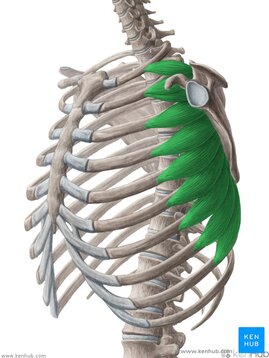
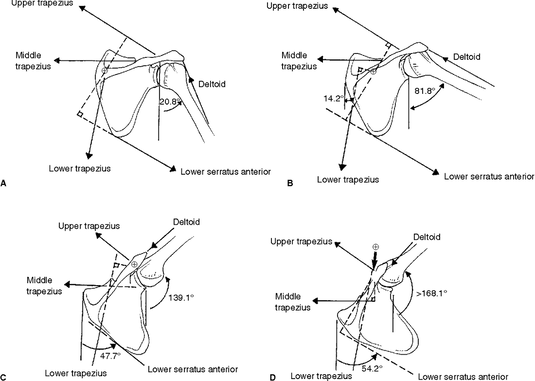
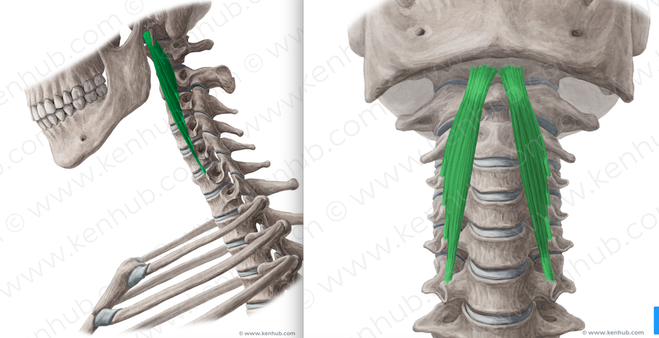
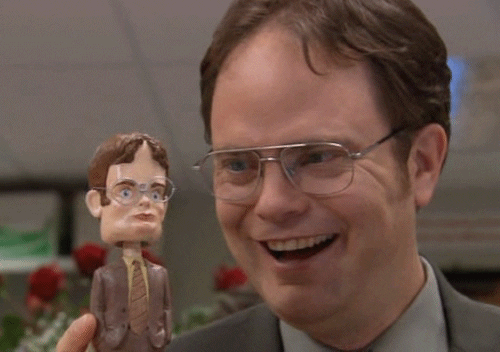
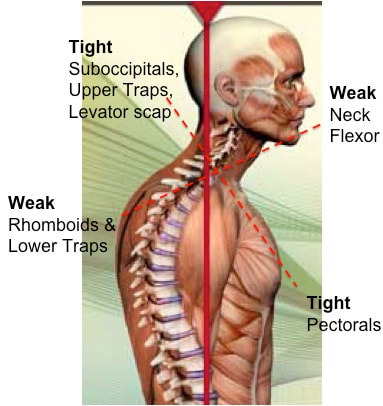
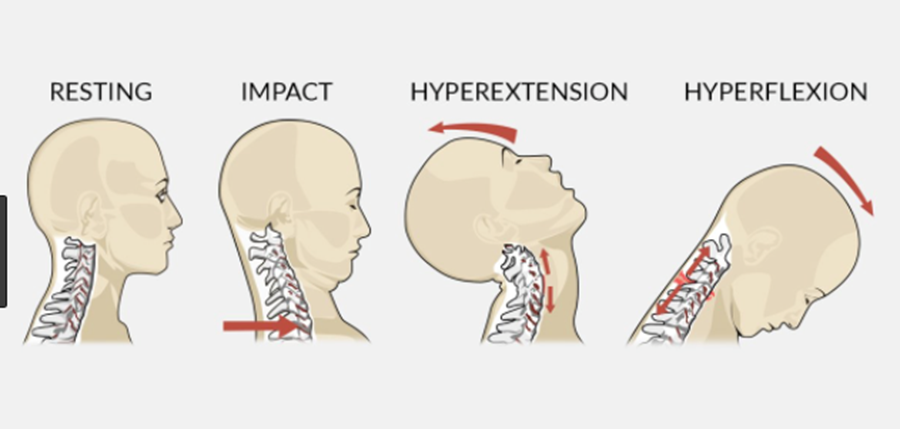
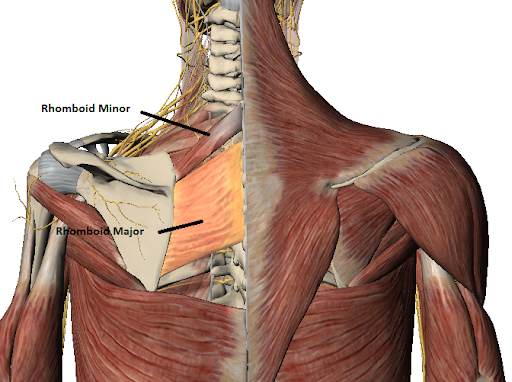
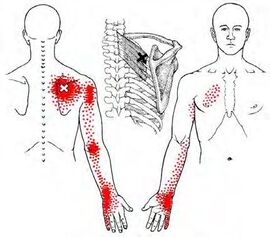
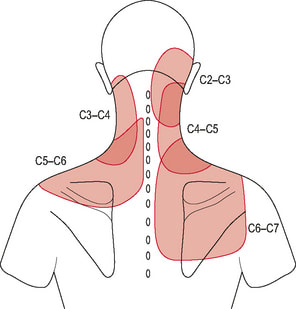
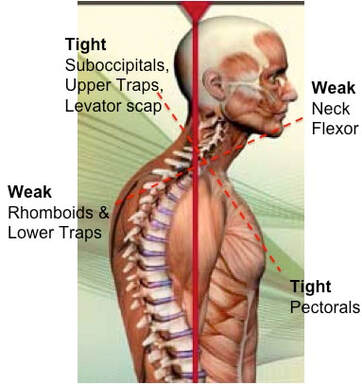

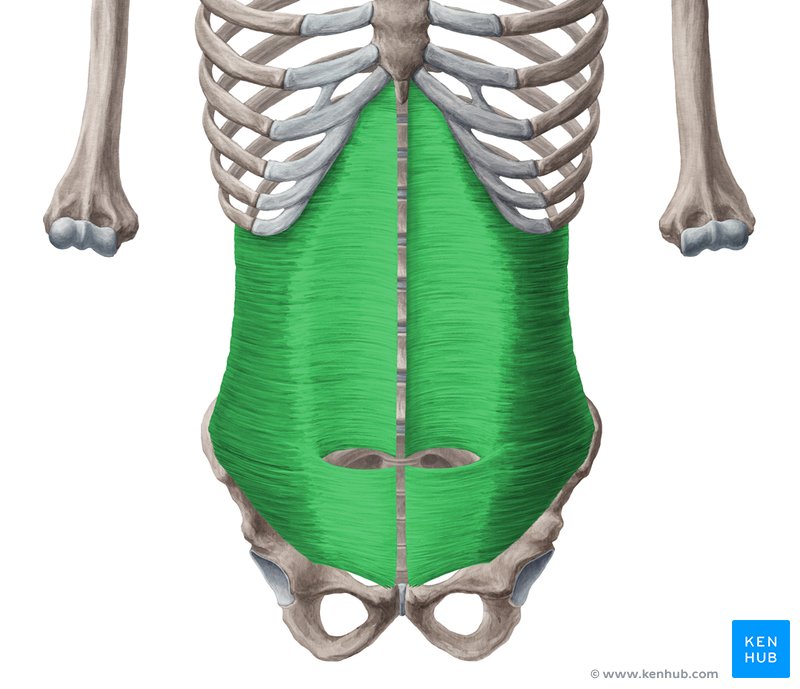
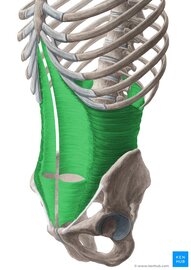
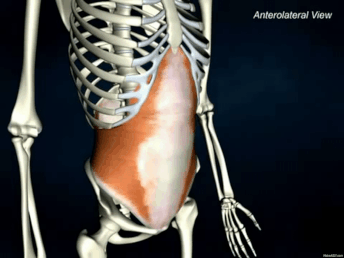
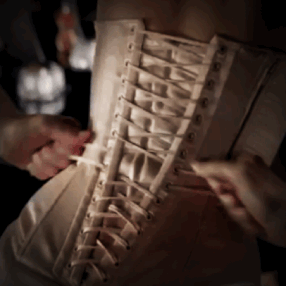
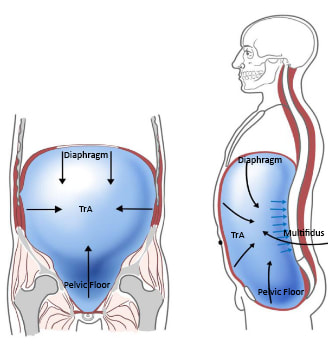
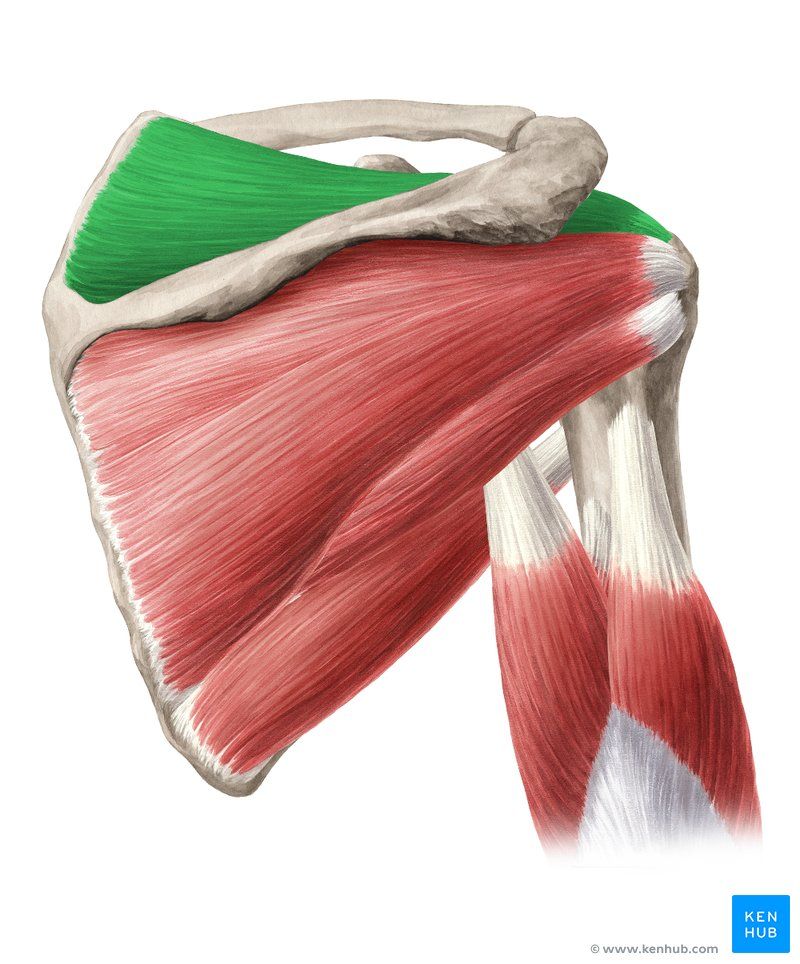
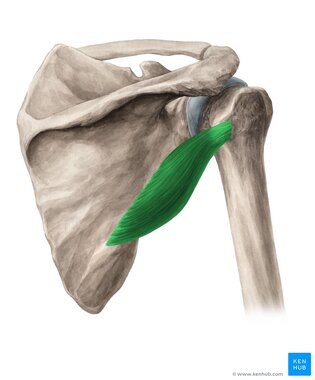
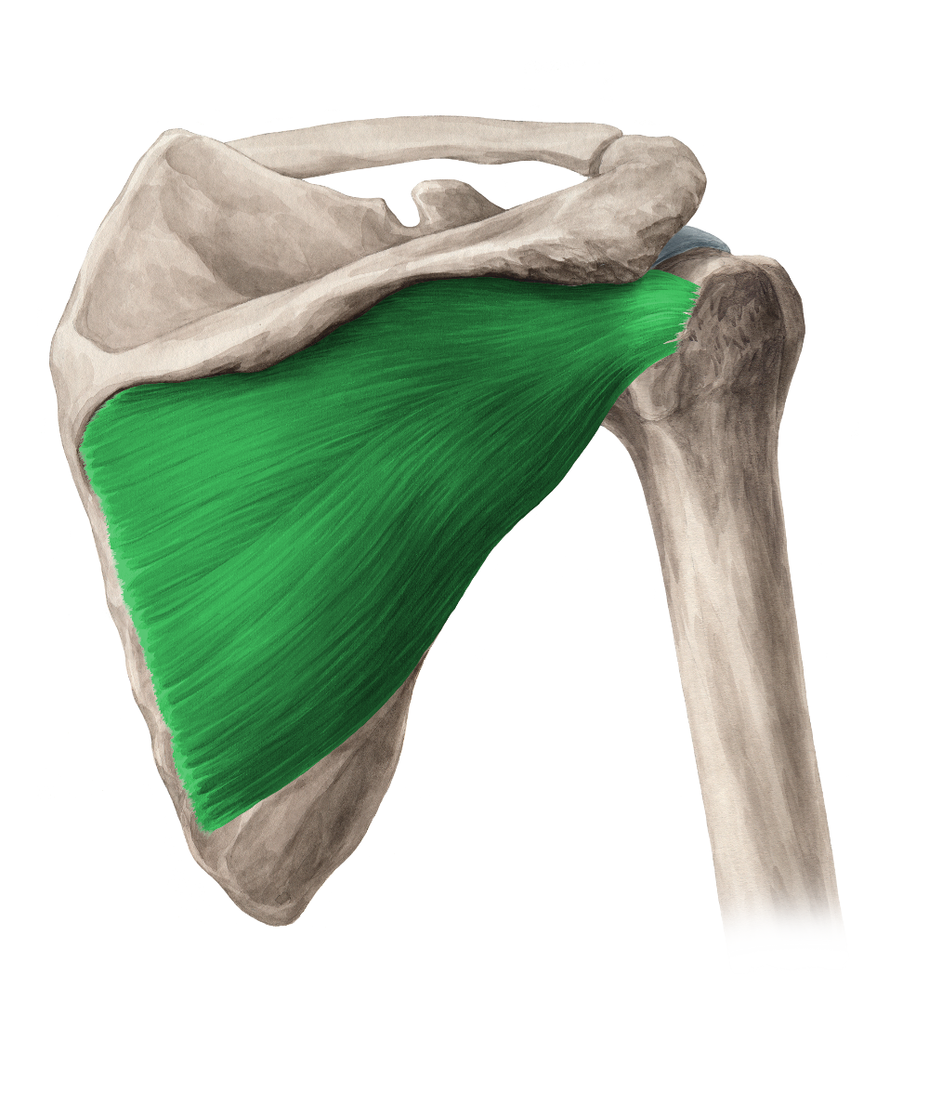
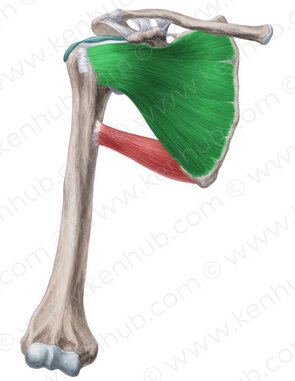
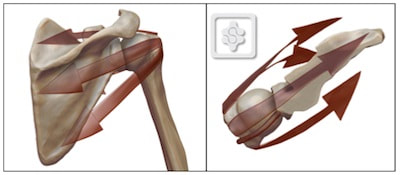
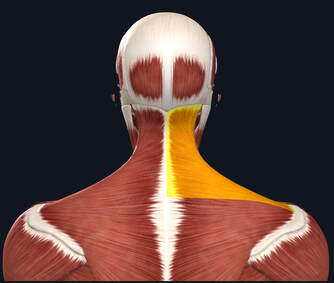
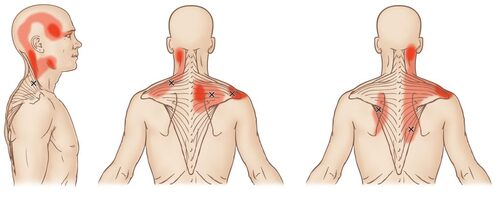
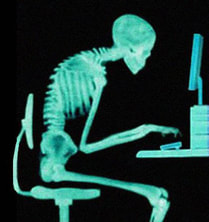
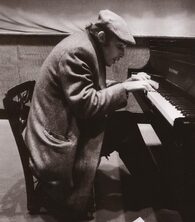
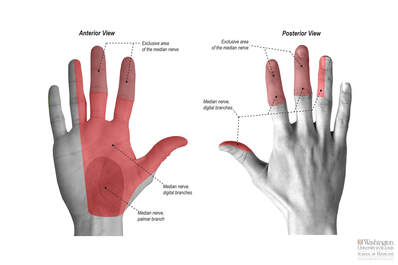
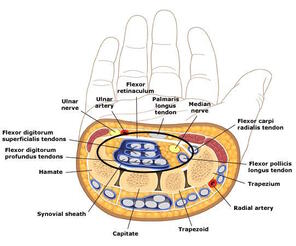
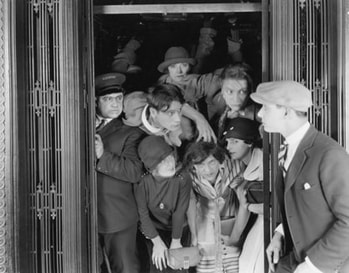
 RSS Feed
RSS Feed